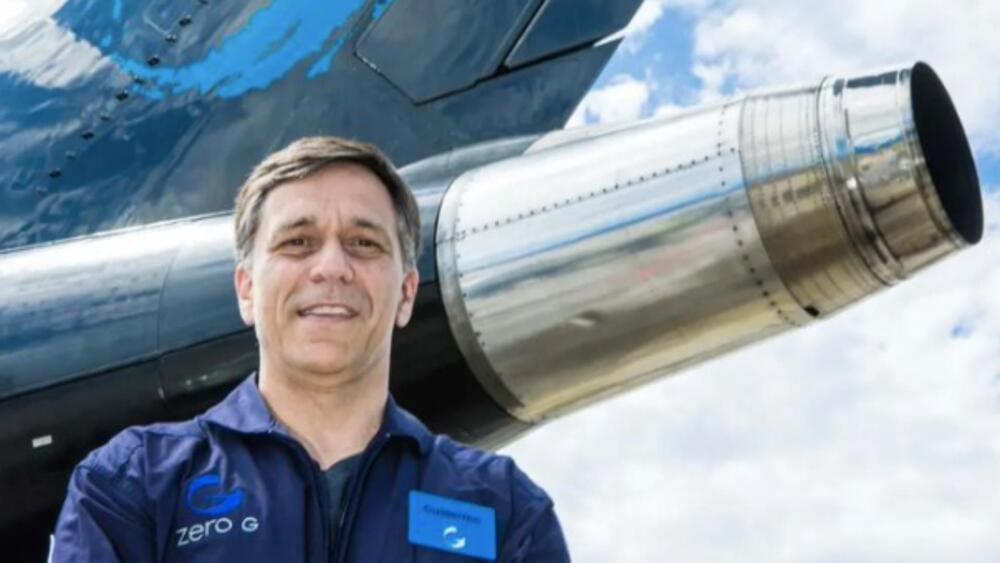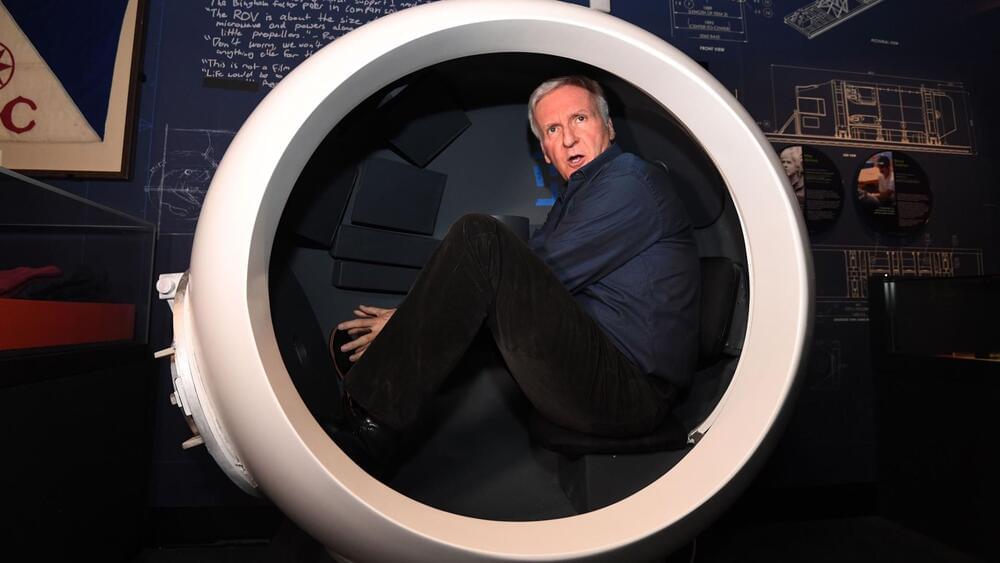While Artificial Intelligence has the ability to crunch huge amounts of data in a short span of time, it still falls behind when it comes to finding an energy-efficient way to make complex decisions. Researchers from John Hopkins University in the US are now proposing that 3D cell structures that mimic brain functions can be used to create biocomputers.
Join our channel to get access to perks. Click ‘JOIN’ or follow the link below:
https://www.youtube.com/channel/UCuyRsHZILrU7ZDIAbGASHdA/join.
Connect with ThePrint.
» Subscribe to ThePrint: https://theprint.in/subscribe/
» Subscribe to our YouTube Channel: https://bit.ly/3nCMpht.
» Like us on Facebook: https://www.facebook.com/theprintindia.
» Tweet us on Twitter: https://twitter.com/theprintindia.
» Follow us on Instagram: https://www.instagram.com/theprintindia.
» Find us on LinkedIn : https://www.linkedin.com/company/theprint.
» Subscribe to ThePrint on Telegram: https://t.me/ThePrintIndia.
» Find us on Spotify: https://spoti.fi/2NMVlnB
» Find us on Apple Podcasts: https://apple.co/3pEOta8







